These sundry regional fights ultimately claimed thousands of lives.
Weapons flowed into the area as the superpowers fought a bloody proxy war for supremacy.
The A-37B was perfectly suited for this mission.
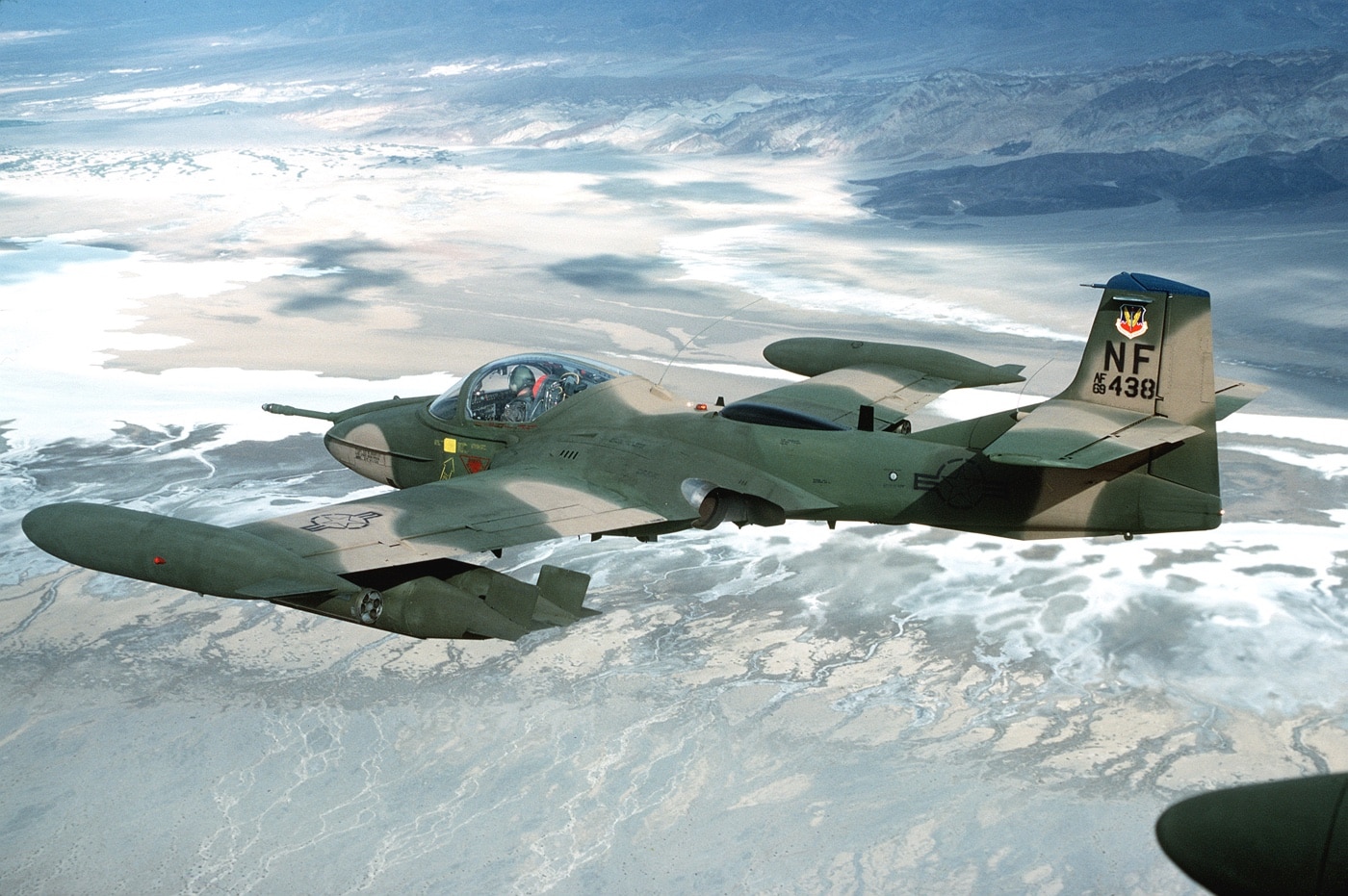
An air-to-air left side view of an A-37 Dragonfly aircraft in flight. The photo was taken in late 1983 near George Air Force Base in Victorville, California. Image: Technical Sgt. William B. Belcher/U.S. Air Force
On 18 November, however, things went badly for this one particular A-37 crew.
Life and death in combat are frequently driven more by luck than skill.
The man had no idea what he was doing.
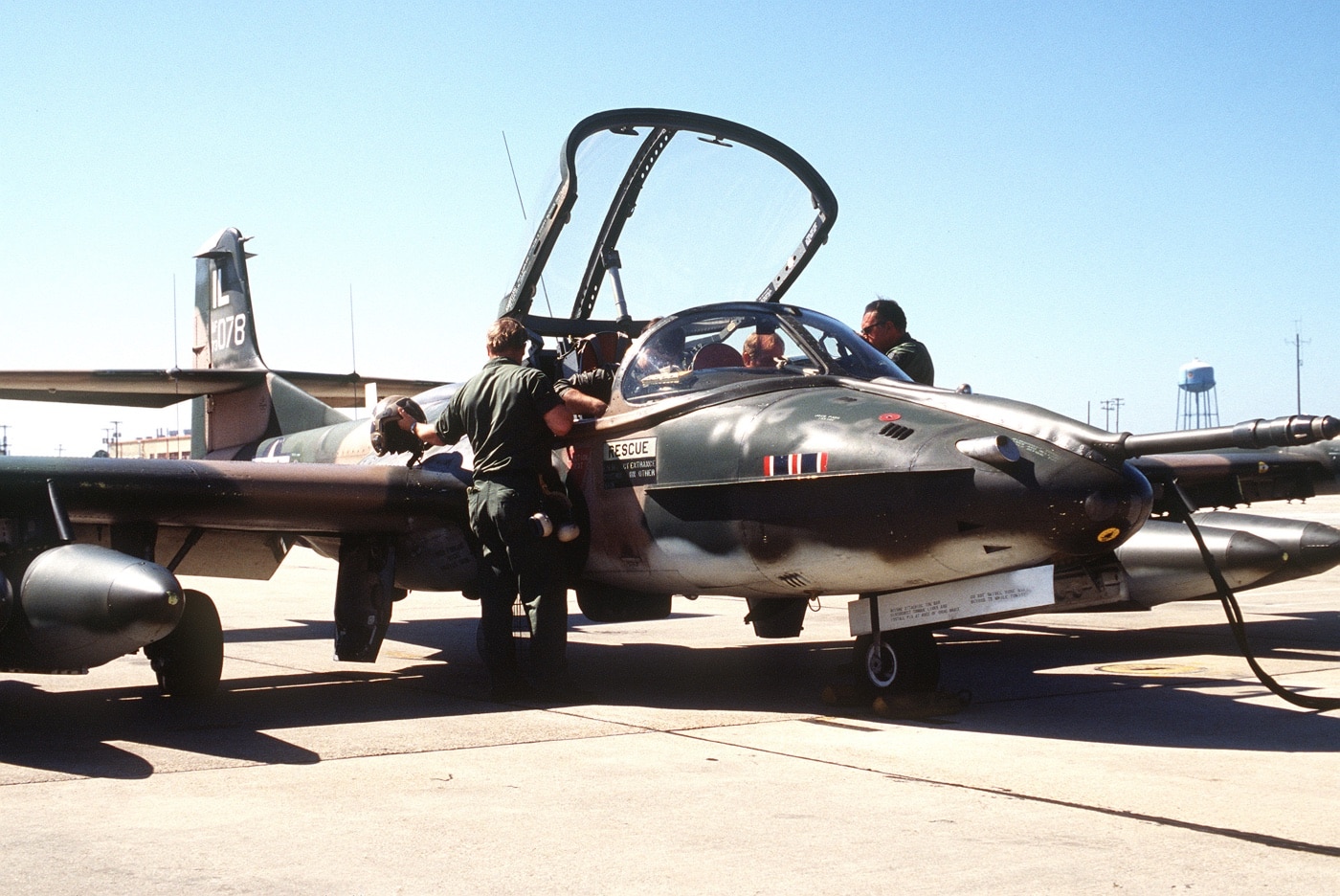
An A-37 Dragonfly aircraft on the flight line during exercise Bold Eagle ’82. The photo was taken at Tyndall Air Force Base near Panama City, Florida. Image: Staff Sgt. Ernest H. Sealing/U.S. Air Force
He had been given no formal training on leading airborne targets and knew little of ballistics.
As the little Salvadoran jet shrieked overhead he took a wild guess and squeezed the trigger.
Within the tight confines of the compact aircraft, the end result was predictably ghastly.
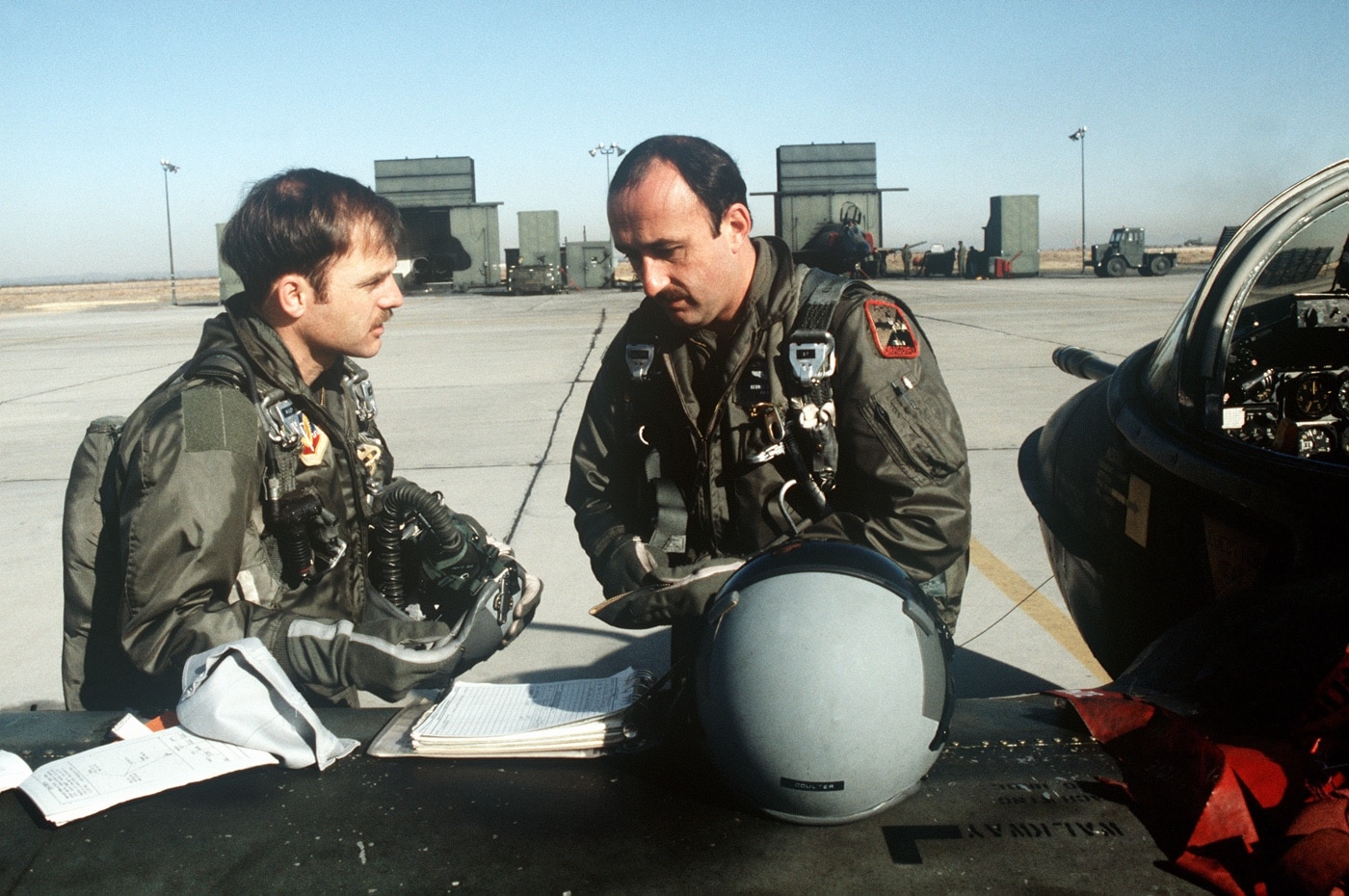
A-37 Dragonfly aircraft pilots discuss the flight plan prior to boarding their aircraft during Exercise Air Warrior, March 16, 1984. Image: Staff Sgt. Bob Simons/U.S. Air Force
Now thoroughly unnerved, the A-37 pilot yanked the handles and ejected.
The A-37 rolled into the jungle and exploded.
Origin Story of an Attack Cessna
The military calls it COIN.
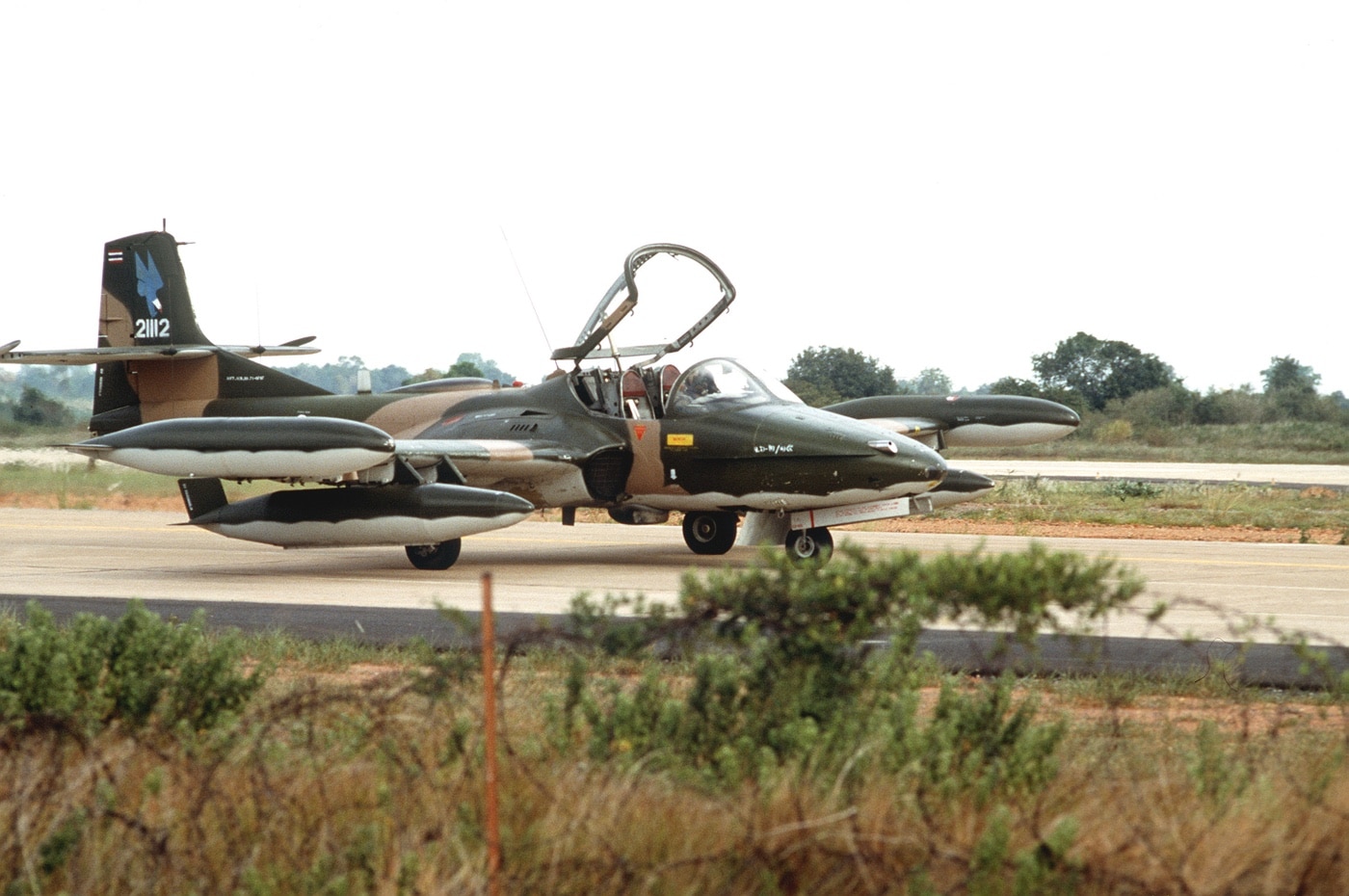
A Royal Thai Air Force A-37 Dragonfly aircraft prepares for a mission during exercise Cobra Gold ’87. Thailand was a staunchU.S. ally in the Vietnam War. Image: NARA
COIN is mil-speak for counter-insurgency.
COIN is one of the most difficult missions in the military playbook.
With the sorts of assets Uncle Sam brings to the table, seizing terrain is the easy bit.
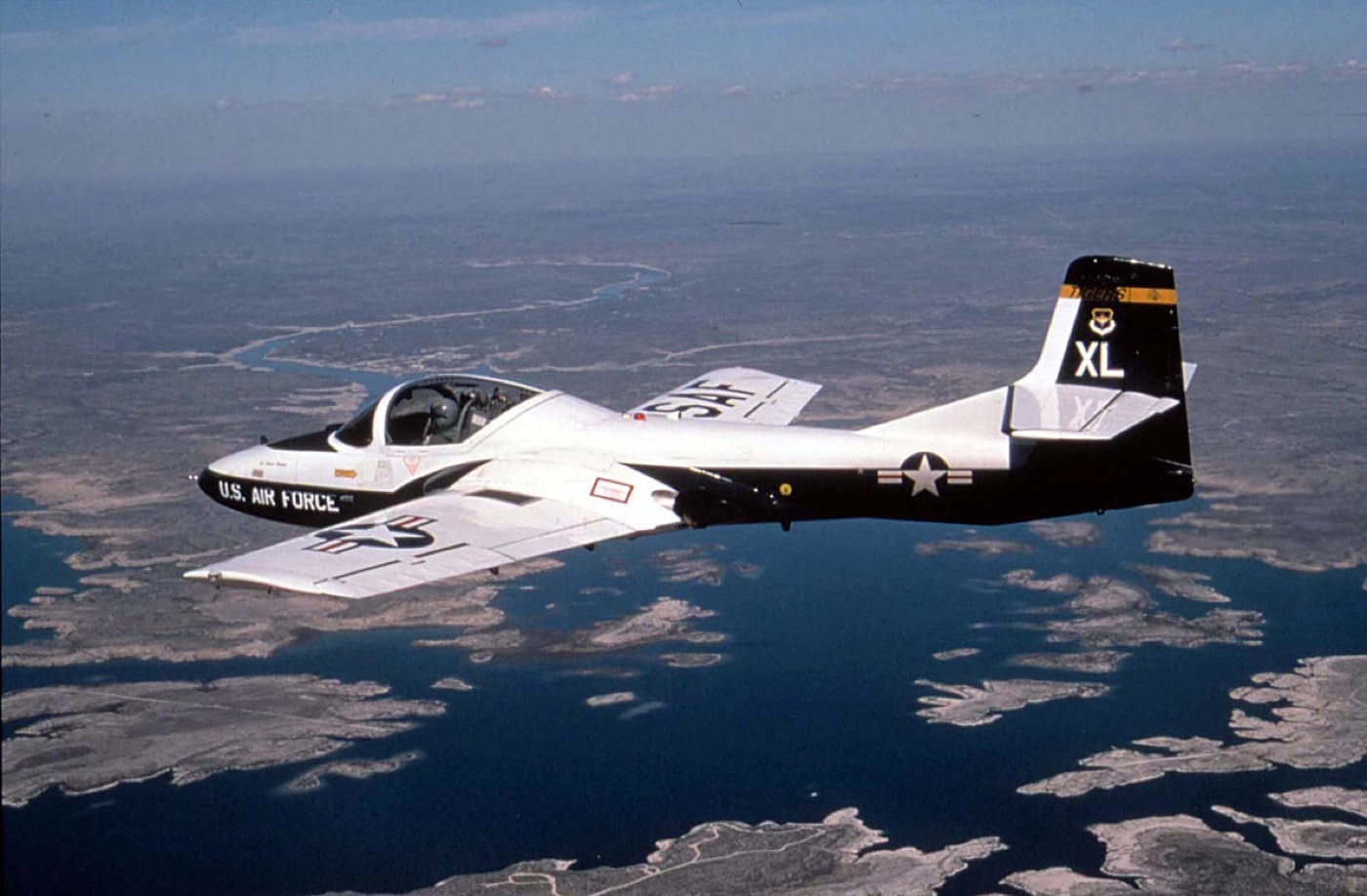
A T-37 Tweet aircraft from the 85th Flying Training Squadron, Laughlin Air Force Base, Texas, flies over Lake Amistad during a training mission. Staff Sgt. Andy Dunaway/U.S. Air Force
Keeping it is the tough part.
The A-37 attack jet was designed specifically for COIN operations.
The WWII-vintage,propeller-driven Skyraiderwas a slow-moving bomb truck with an ample payload and generous loiter time.
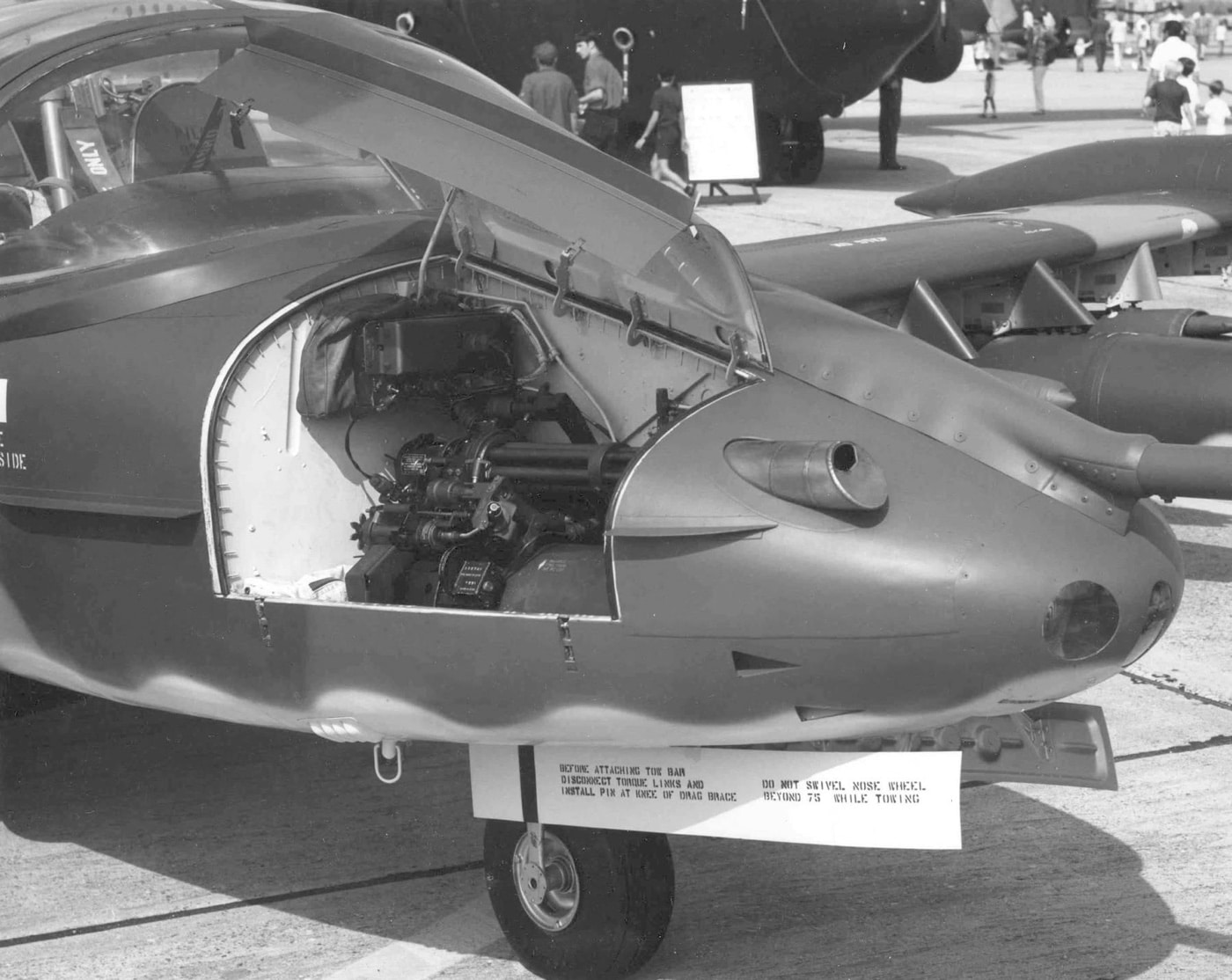
The 7.62×51 GAU-2-B/A minigun was mounted in this location for ease of access. Image: U.S. Air Force
The grunts loved it as a result.
However, low and slow in a hostile environment is a profoundly dangerous combination.
Faced with Skyraider shortages, Air Force planners turned to the Tweet.
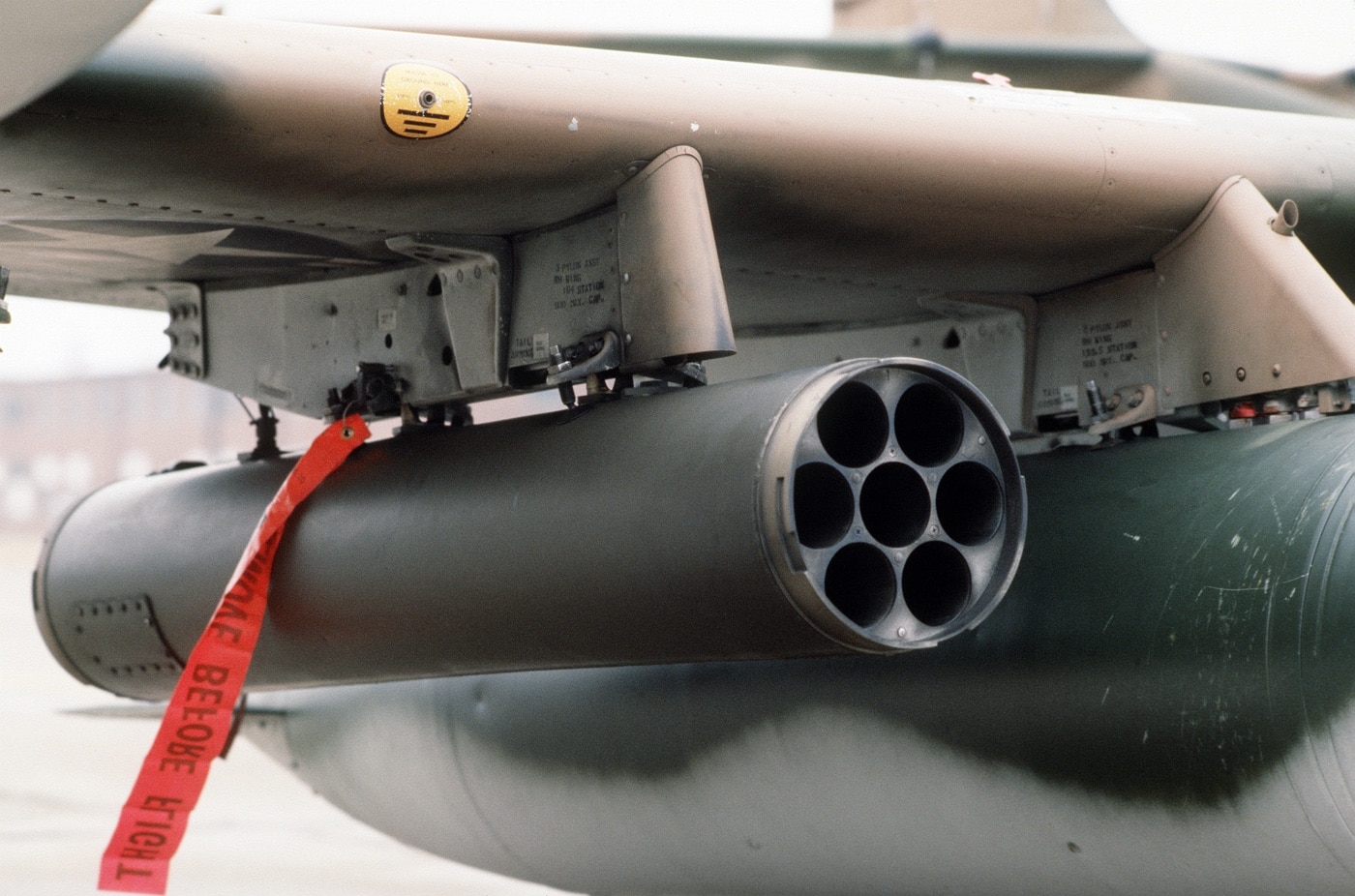
Right front view of a rocket pod mounted under the right wing of an OA-37 Dragonfly aircraft of the Wisconsin Air National Guard. Image: NARA
Countless thousands of Air Force jet jockeys learned how to wiggle the sticks in this adorable little airplane.
1,269 copies were produced.
The T-37 was a stable, easy-to-fly machine with a top speed of 425 mph.
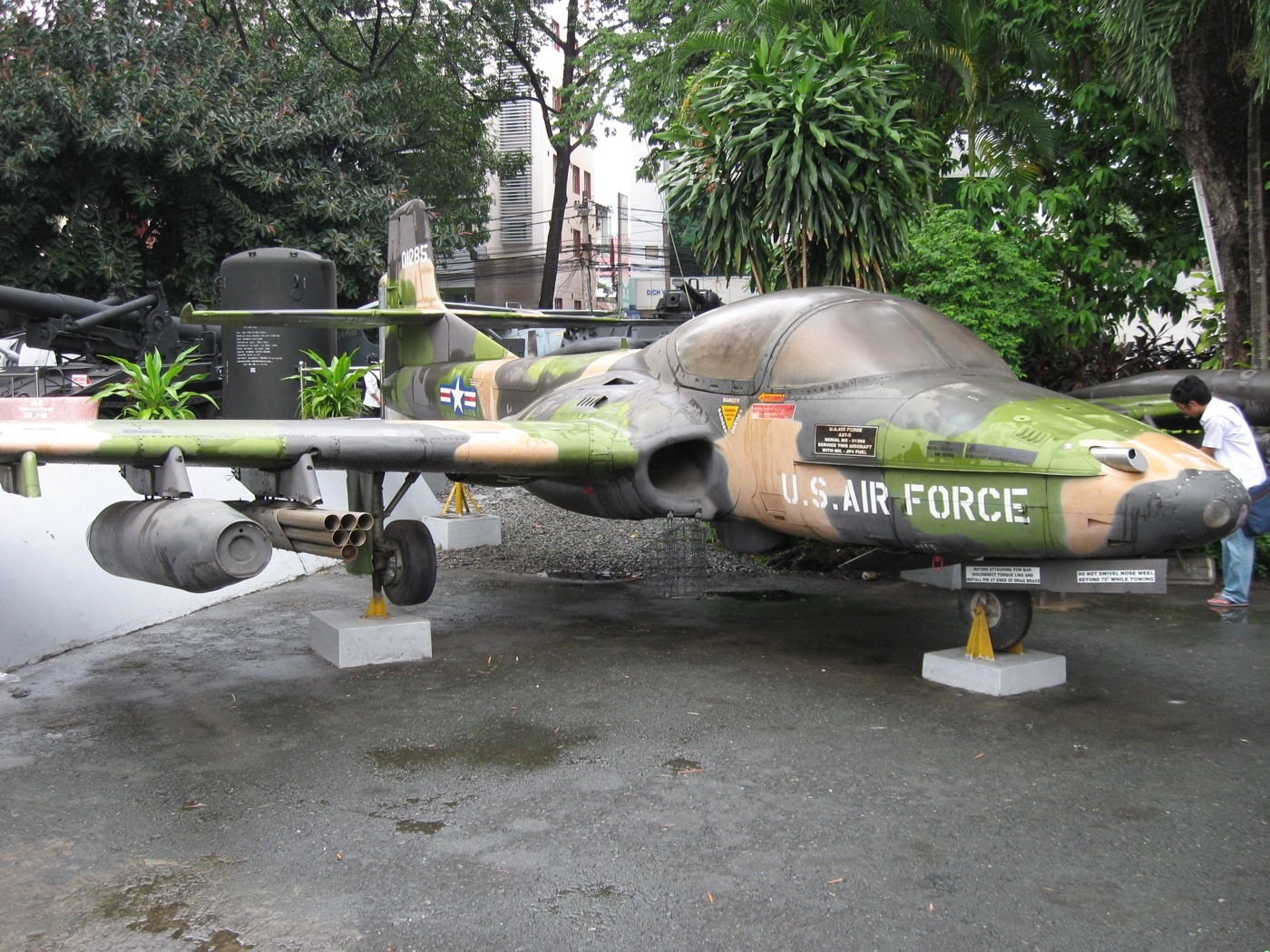
A former U.S. Air Force Cessna A-37B Dragonfly used in the Vietnam War on display at the War Remnants Museum, Ho Chi Minh City, Vietnam. Image: Mdb10us/Public Domain
The Cessna seemed a good fit for the COIN mission.
To address the close air support mission, the attack version needed a lot more horsepower.
For starters, engineers first installed a General Electric GAU-2-B/A six-barrel 7.62x51mm minigun in the nose.
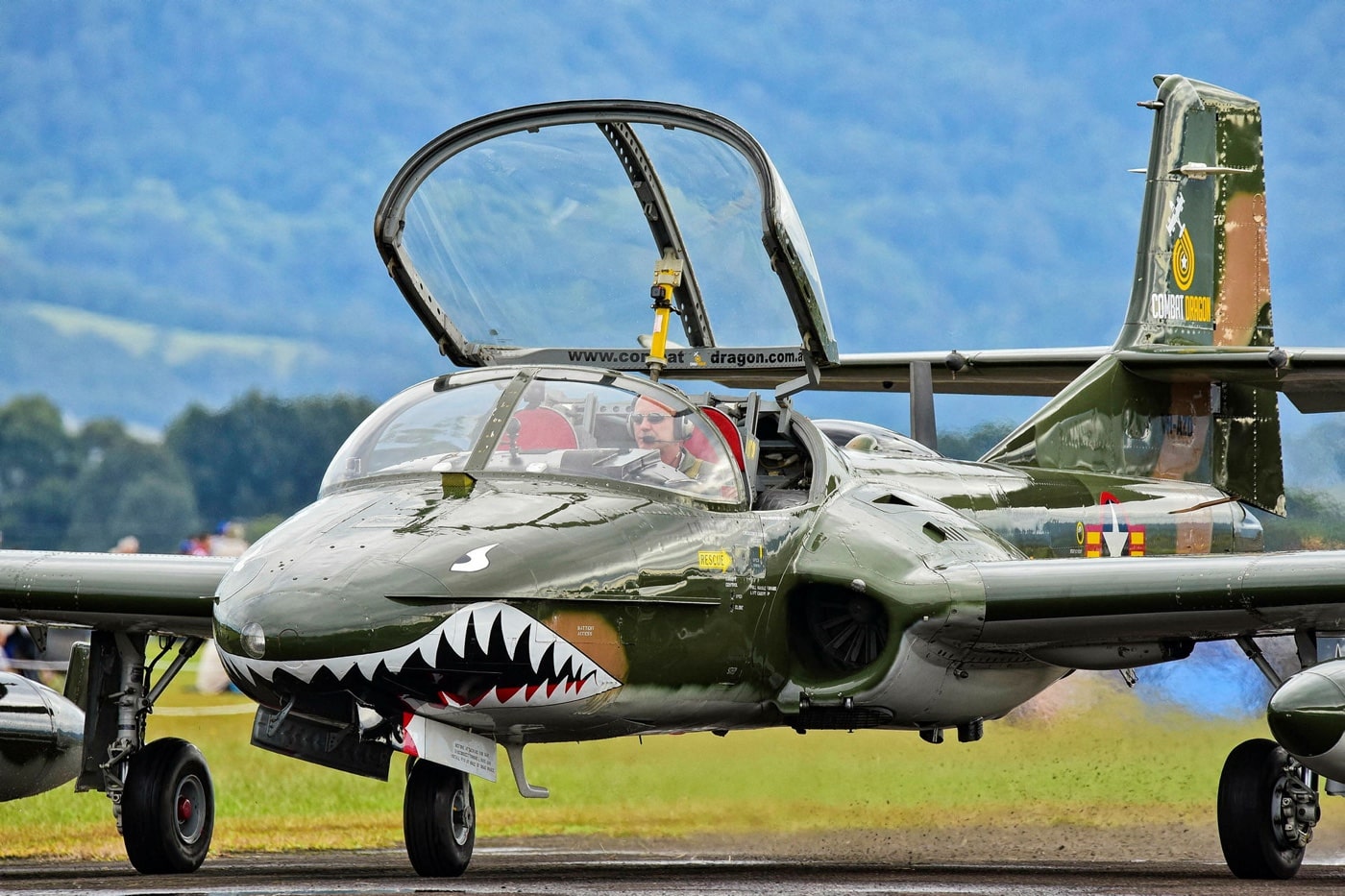
The A-37 Dragonfly taxis in after an impressive display during the Wings over Illawarra Airshow in Australia. Image: Cpl. David Gibbs/Royal Australian Air Force
This electrically powered Gatling gun cycled at 3,000 rounds per minute and carried 1,500 rounds onboard.
That was good for an aggregate half-minute of chaos.
The gun system was mounted such that it was easily accessible for maintenance and rearming.
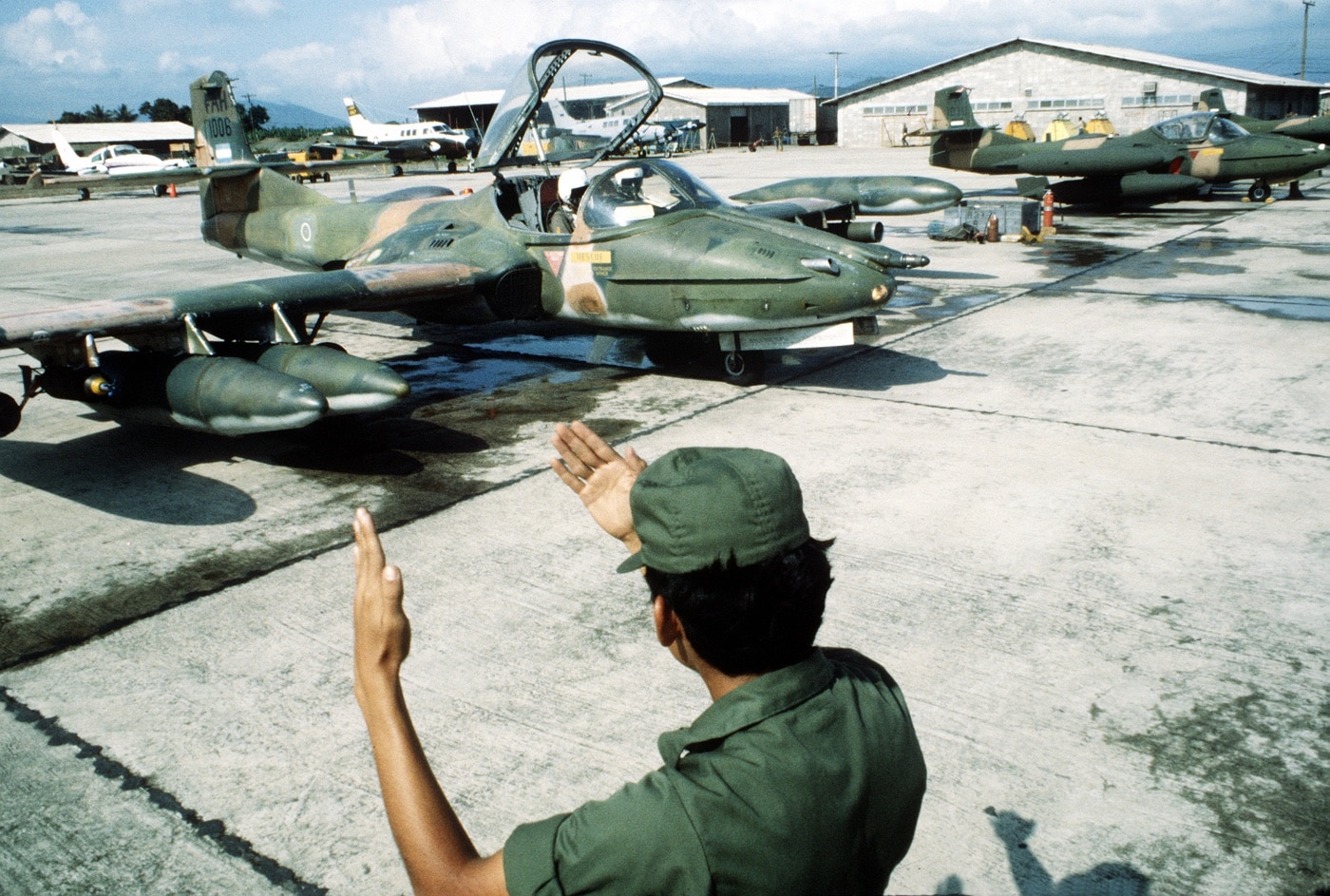
A Honduran Air Force (HAF) ground crewman signals taxiing directions to the pilot of an HAF A-37 Dragonfly aircraft. Image: Technical Sgt. Ken Hammond/U.S. Air Force
The A-37 conversion got a gunsight and gun camera as well.
The new GE J85-J2/5 turbojet engines offered fully twice the thrust of the original powerplants.
The General Electric J85 is a small single-shaft turbojet engine.
Improved avionics and tactical communications systems enhanced interoperability, navigation and targeting.
The first prototype flew in October of 1964.
The first lot of production aircraft was for 39 airframes.
The Air Force called the A-37 the Dragonfly.
The crews who flew and maintained the plane called it the Super Tweet.
In the summer of 1967, the Super Tweet went to war.
Vietnam War Combat Ops
Seating was side by side.
For close support operations in Vietnam, the A-37B was typically flown single-pilot to maximize ordnance load.
The plane could be flown from either seat.
The Super Tweet turned out to be an exceptionally versatile aircraft.
The rugged little plane delivered conventional gravity bombs, cluster munitions, napalm, and unguided 2.75-inch rockets.
Most of the A-37 production run went to the RVNAF the Republic of Vietnam Air Force.
The South Vietnamese got good service from the machines, eventually operating 254 of the bang out.
However, when the North eventually overran the South, the A-37 embarked upon a new career.
The NVA captured 33 intact A-37s when they took Da Nang, South Vietnam.
The A-37 was intentionally easy to fly.
These same aircraft were used by Vietnamese pilots against the Chinese during their tidy little war in 1979.
By the late 70s, a lack of spare parts was making it difficult to operate these captured A-37s.
Vietnam subsequently exported the aircraft to a variety of communist states.
The A-37 saw service in several hotspots in Latin America to include Peru, Guatemala, and El Salvador.
Half a dozen copies even somehow made it onto the American civilian warbird market.
Another four are privately owned in New Zealand and Australia.
These planes are still used on COIN operations predominantly against drug cartels.
More than half a century after its introduction, this adorable little bodged-together attack jet just wont quit.




